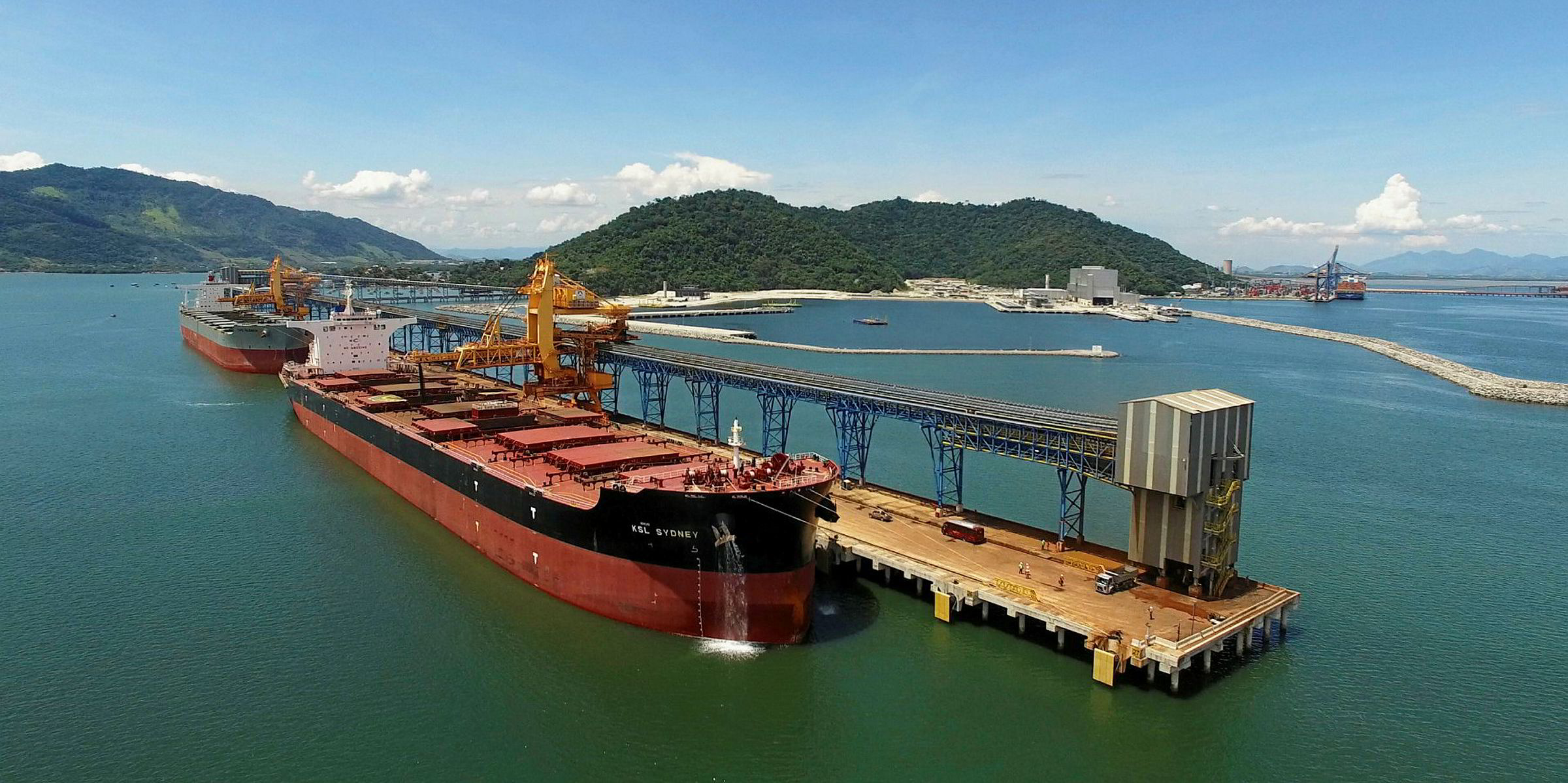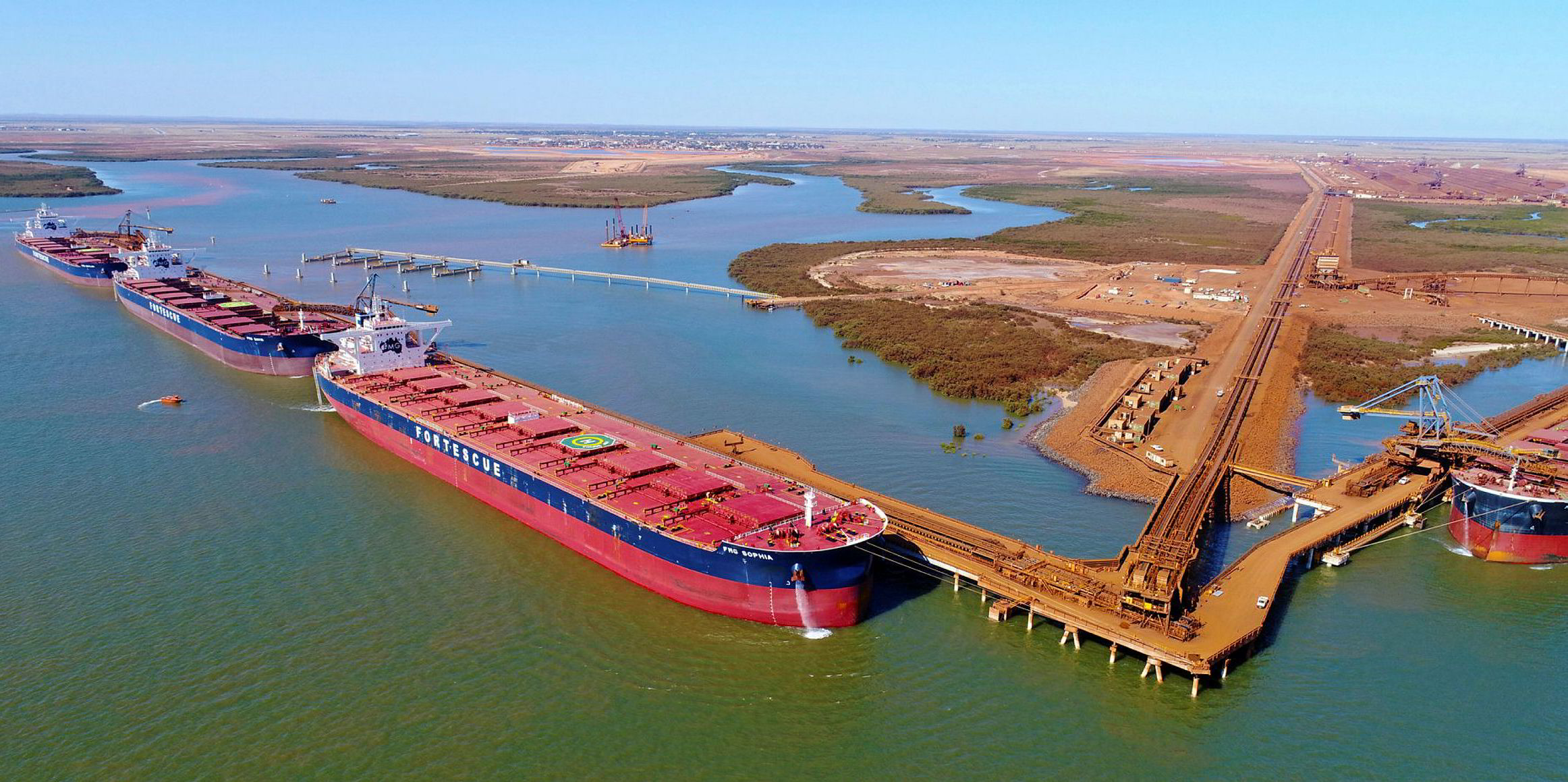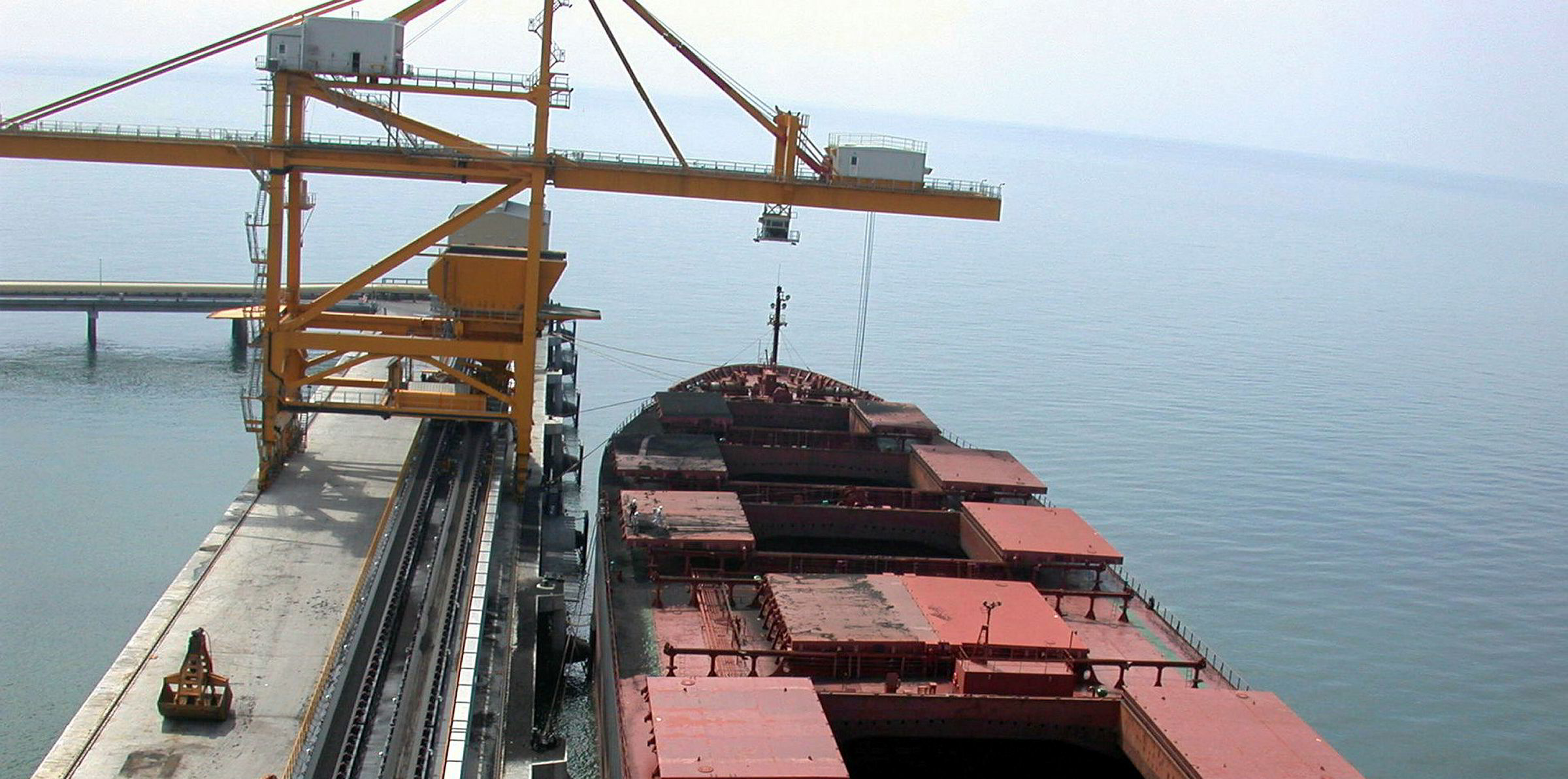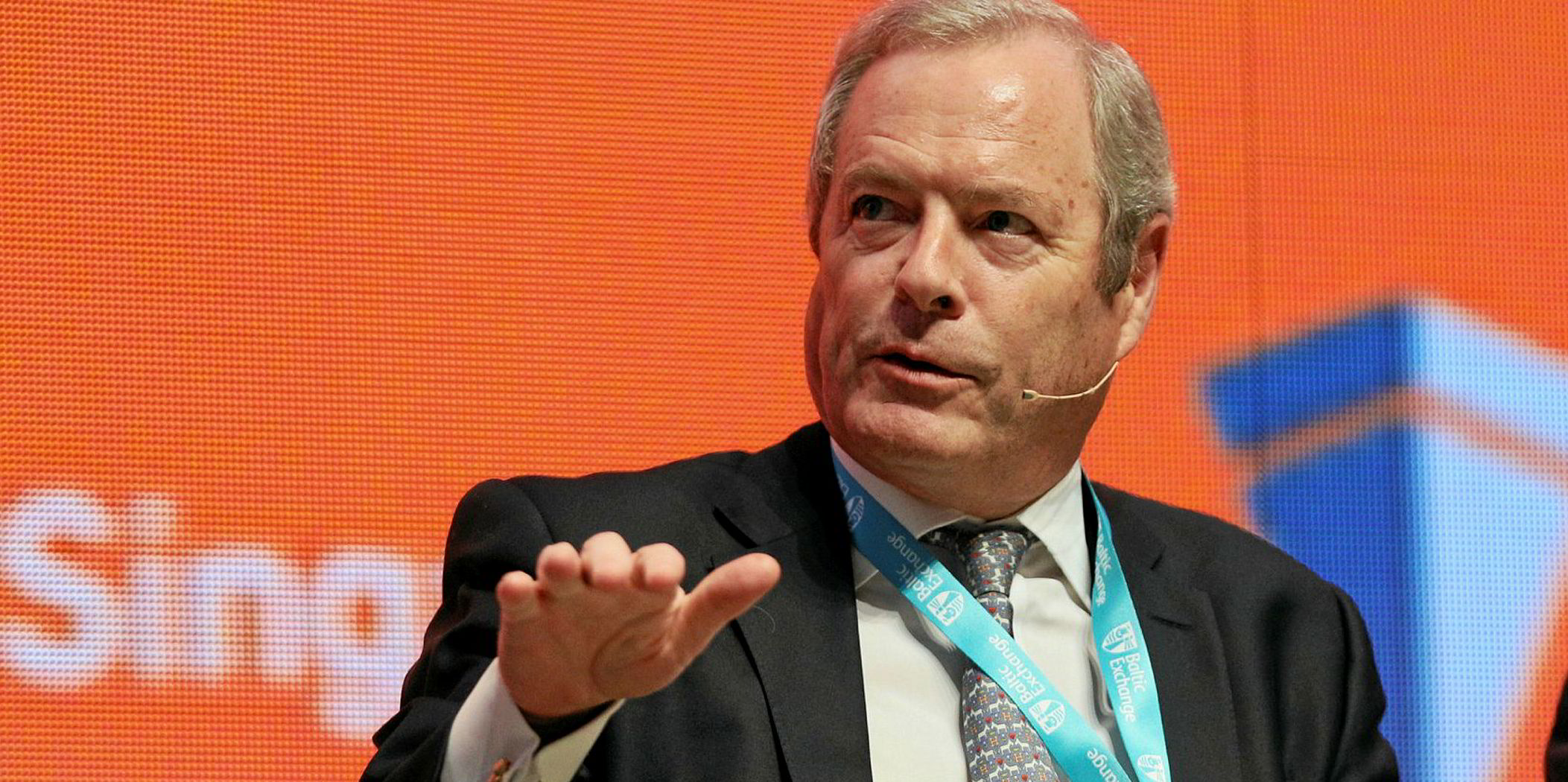What goes up must come down and, as the week draws to a close, questions are growing about how much longer the bull run for capesize bulkers can go on.
Indeed, Friday's Baltic Exchange assessments and slowing activity in the futures market could show that the significant upturn in capesize freight rates this week may have reached its peak.
But what a week it has been.
Between Monday and Friday, capesize earnings have increased by 92% on the Baltic's five major benchmarks (5TC), meaning that vessels are no long being fixed in the spot market at loss-making levels after spending half a year in the doldrums.
The 5TC weighted timecharter average was assessed at $25,511 daily, which is $231 higher than on Thursday and $12,214 higher than on Monday.
Strength in the capesize market has also helped the Baltic Dry Index rise by 60% over the course of the week, rising 28 points on Friday to 1,555 points.
The gains seen this week -- some of which have not been seen in 10 years, as TradeWinds has reported -- followed a perfect confluence of supply and demand factors.
Iron ore cargoes from Brazil have become steady again after production halts, but have been met with an undersupply of available vessels in the Atlantic, holding rates in the basin firm.
Ore cargoes from Western Australia, meanwhile, have been consistent in feeding China's high import demand for steel production.
Reported fixtures this week show that China has been sourcing iron ore from Norway, South Africa, Norway, Malaysia and even Oman this week, in addition to key suppliers Brazil and Western Australia.
Impetus slowing
Friday saw a halt in growth on major capesize benchmarks, as well as in the market for freight forward agreements (FFAs).
Rates for round voyages to Brazil from China slipped by $978 to $24,636 per day.
Likewise, rates on the Tubarao, Brazil to China route -- which has been among the stars of the show this week -- were assessed 97 cents lower on Friday at $20.075 per tonne.
That being said, an unnamed capesize was reported fixed on the route to operating giant Oldendorff on Friday at the firmer rate of $21.00 per tonne, loading in mid-July.
The rival iron ore route to China from Western Australia also wobbled on Friday, being assessed $0.077 lower at $8.841 per tonne.
Friday's reported fixtures on the route were almost all fixed below this level, aside from one deal agreed on Thursday, which could show that rates on the route could still fall further.
The Baltic's benchmark routes in the Atlantic fared much better, with most posting further rate increases on Friday.
Trans-Atlantic round voyages from the European continent rose by a further $950 to $23,850 daily.
An extra $0.565 was added to the assessment for a voyage from Richards Bay, South Africa to Rotterdam in the Netherlands, which was estimated on Friday at $9.53 per tonne.
Likewise, Baltic panellists priced the voyage from Tubarao to Rotterdam at $10.40 per long tonne, which is $0.261 more expensive than on Thursday.
Futures
Front-end FFAs have been the hot spot in futures market for capes, particularly for July 5TC contracts.
But July paper was down by $600 to $21,250 daily on Friday morning, which seemed to confirm predictions made by brokers on Thursday that the FFA market had already peaked.
"Although improving cargo flows out of Brazil have helped recently, we see the backwardation in the futures curve as a reflection that market participants expect the current vessel tightness in the Atlantic to balance out with more ships repositioning from Asia in coming weeks," analysts from Clarksons Platou Securities said in a note on Friday.









